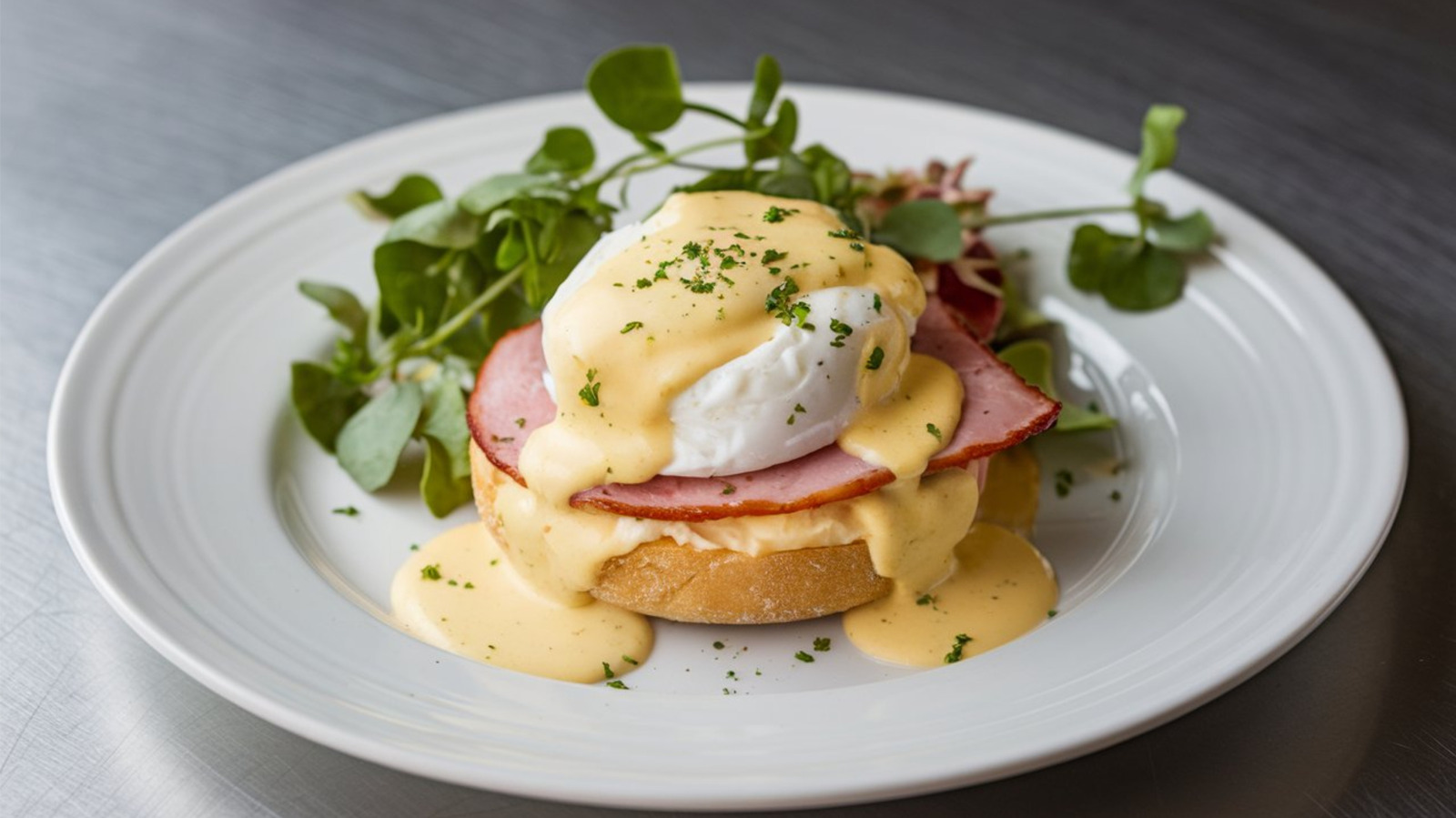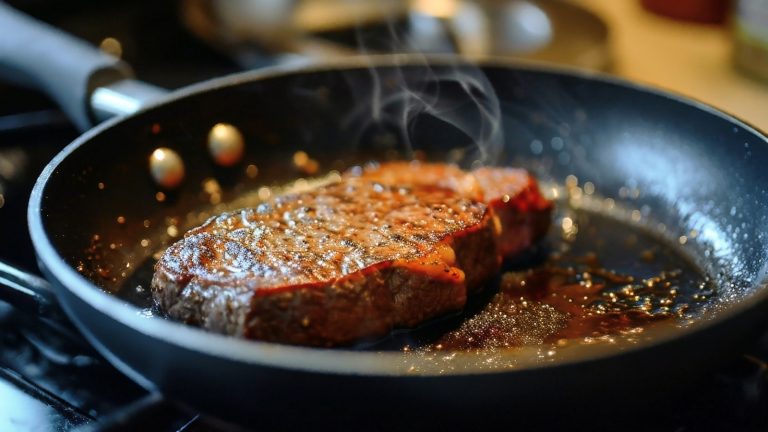We may receive a commission on purchases made from links.
Eggs are the number one breakfast staple in America. Between 2023 and 2024, Civic Science collected survey data from more than 1,300 people in the U.S. and found that 38% of them included eggs in the first meal of the day, beating out every other option. There’s good reason for it too. Eggs are not only delicious and full of protein, but they’re also incredibly versatile. There are seemingly endless ways in which to them, but two very popular options are poached eggs and eggs Benedict.
The difference between them is easily defined. Poaching is just a method of preparing eggs, comparable to boiling or frying, but involves cooking them without the shell in barely simmering water. Eggs Benedict on the other hand is an entire dish – traditionally English muffins topped with Canadian bacon or ham, poached eggs and Hollandaise sauce.
Confusion about this distinction may come from looking at certain restaurant breakfast menus. Poached eggs might be listed as a dish that comes with toast and perhaps sides. So whether you’re after a simple egg or the whole shebang, here’s what you need to know.
What are poached eggs?
The technique of poaching involves cooking food in liquid that’s just below boiling temperature. It’s gentler than boiling or simmering, so it’s often used to maintain the texture of delicate foods, such as fish or fruit. With eggs it results in a creamy white and an unctuous yolk that’s hard to achieve even with soft boiling.
The thing that puts many people off poaching eggs is the perceived difficulty. Without the shell, the egg is free to float around the water leaving wispy trails of white. As such, you’ll find plenty of poaching methods that take the user error out of the equation, using everything from a ladle to a microwave or a sous vide to keep the egg in shape. And that’s before you get to stand-alone egg poachers like this one sold by EXCELSTEEL on Amazon.
The truth is that once you know a few tips for making poached eggs, it’s not so daunting. Our fool-proof recipe includes two of the most common suggestions for perfect poached eggs, namely adding acid to the water and creating a vortex that will help roll the egg into a nice round shape.
What are eggs Benedict?
The exact origins of eggs Benedict are much debated, with several restaurants claiming to have been the first to serve it. What we do know, however, is that their roots can likely be traced to New York in the late 1800s. Early versions included crispy bacon or truffles, but it quickly evolved into the dish we know today.
Perhaps part of the enduring appeal of eggs Benedict is the scope for tweaking the dish (and coming up with fun names for the new spin-offs). Some of the best-known variations include eggs Florentine, which contains spinach instead of (or as well as) ham; eggs Royale, where ham is swapped for more luxurious smoked salmon, and eggs Neptune, featuring crab meat.
The muffin base is also susceptible to change. Regular toast is a common swap for home cooks or busy cafes, but it’s just as likely you’ll see upgrades too. Eggs Benedict has been served on fresh waffles, bagels, and even an entire tuna patty. It seems the only consistent elements are the eggs and the Hollandaise, so if you master the art of poached eggs at home, you’re halfway to creating your own eggs Benedict.







